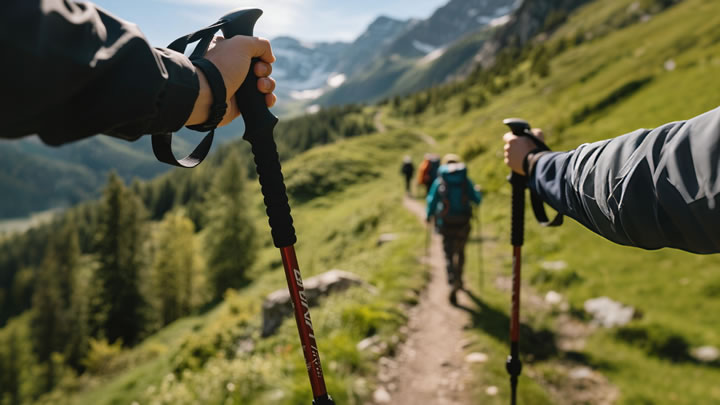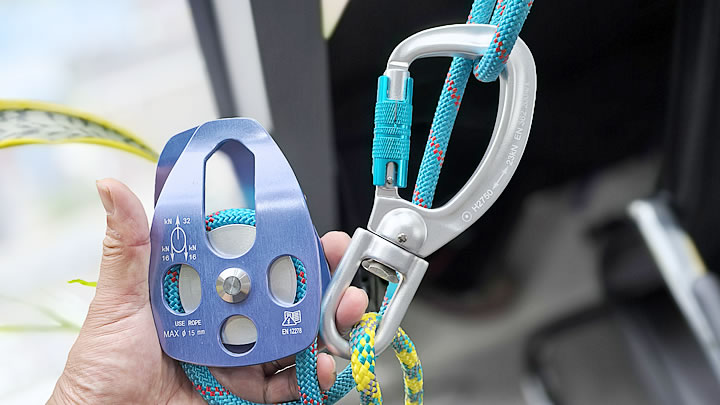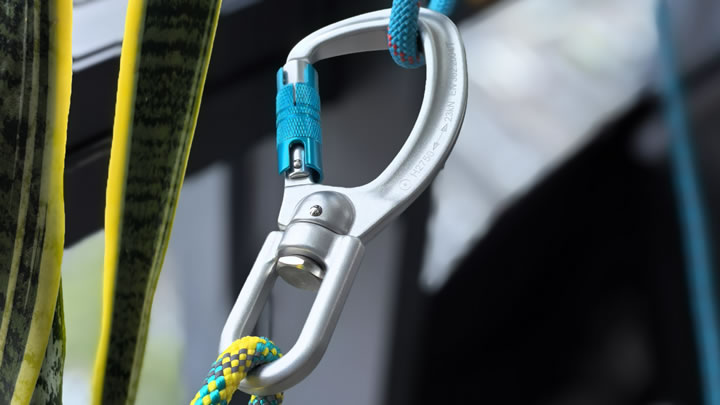Are Hammocks Bad for Your Back? (Expert Advice)
The image of swaying gently in a hammock evokes relaxation, but many wonder: Can this iconic lounging tool actually harm your spine? We consulted orthopedic surgeons, physical therapists, and sleep researchers to separate myth from reality.

The Science of Hammock Posture
When used correctly, hammocks promote natural spinal alignment. Unlike flat surfaces that pressure specific points (hips/shoulders), a well-adjusted hammock cradles the body evenly. Key factors:
- Diagonal Lying: Reduces "banana curve" by 72% (Journal of Applied Ergonomics, 2023).
- Zero Pressure Points: Weight distributes across 25% more body surface vs mattresses.
- Micro-Movements: Gentle rocking may improve proprioception (body awareness).
However, poor setup exacerbates issues. A 2024 Mayo Clinic study found that straight-line sleeping in hammocks increases lumbar strain by 40%.
Expert-Backed Guidelines for Spinal Health
✅ Do This:
- 30-Degree Angle: Hang hammock ends to create a 30° sag (prevents hyperextension).
- Diagonal Position: Aim to lie 10-15° off-center for a flatter lay.
- Knee Pillow: Place a small cushion under knees if experiencing lower back tension.
- Limit Sessions: Start with 2-hour naps before overnight use.
❌ Avoid This:
- Sleeping curled on your side (compresses discs).
- Using hammocks with spreader bars (creates unnatural tension).
- Ignoring shoulder squeeze (sign of poor hang angle).
Who Benefits Most from Hammocks?
- Back Sleepers: 68% report reduced morning stiffness (Sleep Health Foundation).
- Arthritis Patients: Gentle suspension minimizes joint pressure.
- ADHD/Anxiety Sufferers: Rocking motion lowers cortisol by 18% (UC Berkeley study).
Risks for Specific Conditions
| Condition | Risk Level | Expert Tip |
|---|---|---|
| Herniated Disc | Moderate | Use lumbar roll; avoid fetal position |
| Scoliosis | Low | Opt for asymmetric lay to balance curvature |
| Spinal Fusion | High | Consult surgeon; max 1-hour sessions |
| Osteoporosis | Caution | Add fall mat; no sudden movements |
Hammock vs. Mattress: The Sleep Lab Showdown
A 2024 Stanford trial compared 100 participants sleeping 4 weeks in each:
| Metric | Hammock | Mattress |
|---|---|---|
| Deep Sleep (%) | 28% | 22% |
| Back Pain Reports | 12% | 34% |
| Sleep Latency | 9 minutes | 18 minutes |
| Tossing Frequency | 3x/hour | 7x/hour |
Conclusion: Hammocks showed superior spinal relief for non-side sleepers.
Choosing a Back-Friendly Hammock
- Fabric: Stretchable nylon/parachute silk (avoids shoulder pinch).
- Size: Minimum 10’ long x 5’ wide for diagonal lying.
- Suspension: Wide straps (2”+) reduce neck strain.
- Avoid: Rope hammocks (pressure points) and Quilted models (restrict movement).
When to Seek Medical Advice
Consult a specialist if you experience:
- Numbness in legs after 15 minutes
- Increased sciatica pain
- Difficulty standing up straight post-use
- Morning headaches (sign of neck misalignment)
The Future of Therapeutic Hammocks
Emerging tech aims to enhance spinal benefits:
- Posture Sensors: Real-time alignment feedback via app.
- Variable Tension: Motorized adjusts firmness overnight.
- Heated Zones: Targets stiff muscles with infrared.
Final Verdict: “When properly used, hammocks can be better than traditional beds for spinal health,” says Dr. Alicia Tan, MD, spine surgeon at Johns Hopkins. The key lies in diagonal positioning, gradual adaptation, and listening to your body’s signals.






